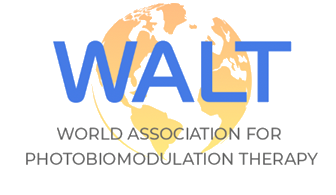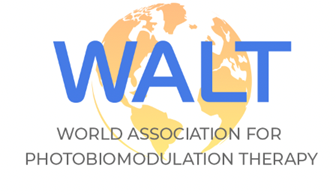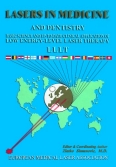Part One: Basic Science, and Up-to-date Clinical Application of Low Energy-Laser Laser Therapy LLLT
Zlatko Simunovic, M.D., Editor and Coordinating Author
ISBN 953-6059-30-4. Published in Year 2000.
Reviewed by: Chukuka S. Enwemeka, Ph.D., FACSM
“Lasers in Medicine and Dentistry” is a gargantuan attempt to cover, in a single publication, the use of low energy lasers in medicine and dentistry. Even with more than forty authors contributing to this book, it remains an ambitious effort to encapsulate the field in one volume. The book features leading figures-researchers, clinicians, and educators-that have contributed immensely to the advancement of the field, warranting praises for the editor and coordinating author for successfully bringing together such eminent contributors. The thirty-seven chapters of the book cover a wide range of topics, history, biophysics, mechanisms of light tissue interactions, cellular and subcellular effects of lasers, and the effects of lasers in various clinical situations including, wound healing, pain, neurological conditions, sports injuries, etc., and the use of lasers in such disciplines as dermatology, rheumatology, pediatrics, geriatrics, dentistry, and obstetrics and gynecology to mention a few. The book contains several well-written chapters. The chapters on “Laser Physics” and “Biophysical Aspects of Low Level Laser Therapy” by Professors Mihail Pascu and Herbert Klima respectively, provide a valuable background that permits a better understanding of the nature of light, including the technological innovations required to produce various lasers, the characteristics of various lasers, laser dose determination, beam penetration and absorption in biological tissues, technological requirements for beam quality, the effects of light and electromagnetism on living things, and the influence of light on the dynamics of the NADH-oxidation subsystem.
These two chapters are nicely followed by those of Drs. Tiina Karu and Gerard Danhof, which cover many of the biological effects of lasers. Both authors detail the mechanism by which the photobiological effects ascribed to laser therapy are produced, including light absorption, mammalian photoacceptor chromophores, primary and secondary mechanisms of laser photobiology, bioenergetics of laser tissue interaction, and mechanisms involved in wound healing, laser analgesia, and laser enhanced haemodynamics. Further coverage of laser photobiology is presented in chapters seven and eight, contributed by Drs. Mario Trelles, Josefa Rigau and Mariano Velez and Drs. Philip van der Veen and Pierre Lievens respectively. They offer specific information on the effects of laser therapy on mast cells and the biological effects of lasers on lymphatic, muscular, and cartilaginous tissues. The long list of references at the end of chapter four should be of great value to readers and researchers seeking additional information on these topics. Furthermore, persons interested in the use of lasers for microdissection will find the chapter by Professor Karl Otto Greulich and Dr. Shamci Monajembashi of Germany quite valuable.
These chapters are followed by others that cover specific clinical conditions. Chapters 10 to 12 deal with wound healing, ulcers, and bedsores, while chapter 13 covers the effects of low energy lasers in preventing radiation-induced mucositis. Chapters 14 to 16 deal with pain, neurological diseases, and nerve injuries. Readers will find Chapter 16 of great benefit as it captures the emerging cuttingedge works on the effects of lasers on nerve regeneration. Other chapters cover the clinical specialties of sports medicine, rheumatology, dermatology, aesthetics, ENT, oral maxilofacial surgery, gynecology, and gastroenterology, as well as dentistry and acupuncture.
The sharp dichotomy in the lengths of the chapters-some long and detailed, and others extremely short and scant-could reflect the obvious differences in the levels of development of laser therapy in the fields that the book has attempted to cover. The diverse levels of writing, tone, presentation and grammar raise a concern that warrants the attention of the editor in a future edition of the book. The inclusion of the biographical sketches and photos of each author at the end of each chapter may be construed to be an unnecessary commercial ploy, as do the “Introductory Remarks” offered by several eminent personalities in the field. Similarly, putting the national flags of certain nations and the name, “European Medical Laser Association” (EMLA), on the front cover of the book leave a political tinge that raises questions concerning the role of EMLA in preparing and marketing the book. The name of the publisher is not easy to discern as the copyright is held by the coordinating author. Nonetheless, this book is a good first effort to cover a broad range of topics, which hitherto are scattered here and there in a wide range of books and journals. It is gratifying to learn that efforts are currently on-going to produce a new edition. Hopefully, it will be a great improvement over the present one.


